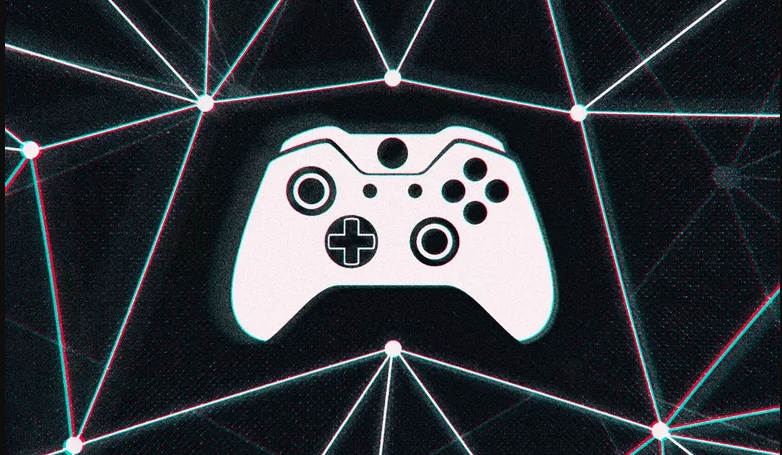The possibility of mistakes occurring in designing and manufacturing a Printed Circuit Board (PCB) is always more than the same possibility while designing a normal circuit board. The reason is the high level of complexity involved in making a PCB. It is this board that connects all the electronic devices.
Whether making for a small agency or a big multinational company, a PCB design can be mysterious due to the hidden challenges. Its assembly needs smooth collaboration between the various professionals for giving a high quality piece.
These essentials increase the chance of blunders in design, which if happen, tend to trigger serious consequences for the maker, especially if it renders the selling board inferior in terms of quality. These blunders or mistakes can be either operational or technical.However, the good news is that many of these errors are avoidable, if you show some diligent concern. Let’s check them out now!
Poor/No Design Review
Even if you hire an engineer for your PCB design, it is essential to choose another independent engineer for reviewing your design. This should be done prior to generating any prototype. An independent review is a reliable way to keep all other errors, especially the costly ones, at bay.
It is better to have a well defined set of rules for reviews and the marketing personnel or the client present during these reviews. This ensures you the end product to be exactly what the client wants.
No Design Backup
This is indeed a common blunder despite knowing the fact that your computer can crash at anytime without any prior intimation or your design files can go missing.Regardless of the tools in use, it is wise to have a backup of your data. This is applicable regardless of who is working from where and how.
Not Using a Software Program
An engineer can always make a PCB from scratch. As a result, the question arises: Why to use a software tool? Well, a straightforward convincing answer to this is that a software tool simplifies your task.
You know that there are many possibilities but you will choose as per the function. For example, for accommodating changes in future, a ball grid array (BGA) design might be an ideal deal. Similarly, for having a single-sided board of an FR-2 grade, paper or phenolic materials are needed. If you have a programming tool in hand, it becomes quick to make such choices.
Improper Via-In-Pad
It is said that using vias in pads of components is a primary cause of production and prototyping issues. However, it is also true that it is difficult to avoid these vias.
The issue with the vias is that they can take the solder away from its components. As a result, components and small parts lack solder and consequently proper connections with larger parts and other boards. So, soldering incorrectly is the main issue if you really cannot go ahead without the vias.
A few components such as BGAs need vias on pads. In such mandatory situations, keep these vias as small as possible. It is best to test soldering and ensure stable via-in-pad on the board. This might slow down your production but is bound to save time in future.
Improper Silk Screen Usage
A silk screen is not so crucial component but is the main way to understand and relate all aspects of a PCB. If used improperly, this component can make it tough to understand where components and connectors should go. So, it is best to have clear marks and full word descriptors.
Author Bio:
Meet Morakhiya is a freelance journalistic writer. He enjoys sharing information, inspiring people, and writing about pretty much everything about technology that helps small businesses, build brand awareness, engage their target audience and generate more leads. For more info you can drop him an email.











